Montana in 30 Years: HUNTING
Interview with Jim Posewitz, conservationist
Jim Posewitz was born in 1935. After introducing himself to the joys of hunting, fishing and trapping he moved to Montana in 1953 pursuing fish and wildlife management studies. After graduation from Montana State University he spent 32 years with the Montana Department of Fish, Wildlife and Parks, leading the agency’s ecological program for 15 years.
In 1993, Jim founded Orion The Hunter’s Institute, a nonprofit conservation organization dedicated to the preservation of ethical hunting and wild resources essential to that purpose. In association with that work Jim has published five books: Beyond Fair Chase; Inherit The Hunt; Rifle in Hand—How Wild America was Saved, Taking a Bullet for Conservation—The Bull Moose Party, a Centennial Reflection 1912-2012, and his latest, an autobiography, My Best Shot. In addition to Orion, Jim served as executive director of the Cinnabar Foundation since its inception in 1983 until May of 2010. Cinnabar awards environmental protection and wildlife conservation grants in Montana and the Greater Yellowstone Ecosystem.
So. The year is 2048. Do you think hunting as a sport will increase or decline in popularity? (Why?)
If there is one thing our hunting predecessors have taught us it is that the future of hunting will be what we dedicate ourselves to making it. We must address three fundamental issues if we want hunting to survive and prosper. The first of them is dedicating ourselves to ethical fair chase principles—and mean it! The second is preserving the democracy of the wild as articulated in the North American Model of Wildlife Restoration—that means wildlife is a public resource and every citizen has the right and opportunity to hunt. The third is to preserve and restore the wild lands the animals need to be secure and prosper. If we can move these three items in a positive direction hunting and the animals we pursue will be sustained, maybe even prosper.
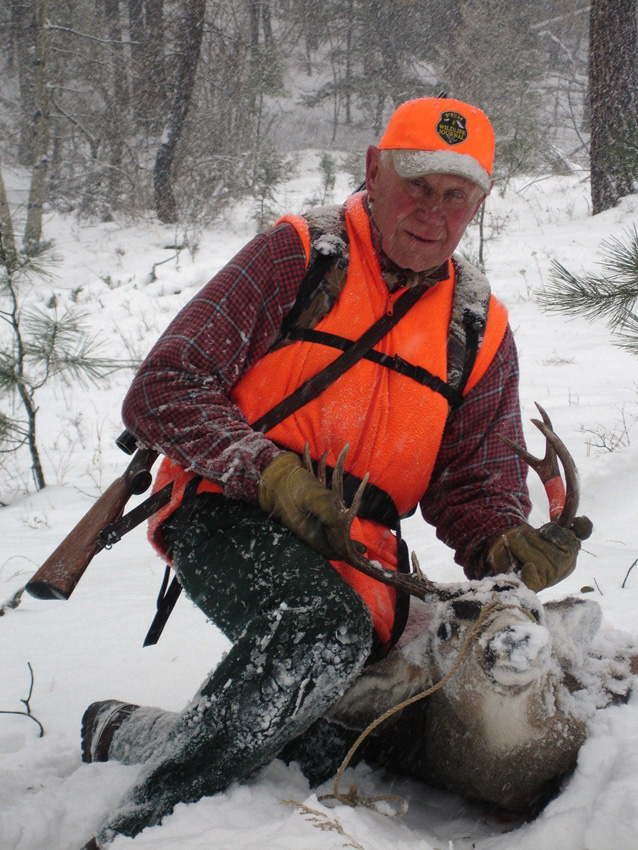
What are the greatest threats to the sport over the next 30 years?
The greatest threats to the North American hunting legacy remain what they were throughout European settlement of our continent. Leading the list of threats was and remains the commercialization of our relationship with the wild. A close second greatest threat remains persistent efforts to privatize the activity. Both of these activities weaken the social and cultural fabric responsible for one the greatest environmental achievements in human history—the restoration of North America’s wildlife as a public trust. America was only 66-years-old when our Supreme Court ruled, that because the Declaration of Independence declared the people to be the sovereign, the rights and privileges of royalty passed to the people (Martin v. Wadell). In other words the king’s deer became, and remain, the people’s game. As that relationship is eroded, compromised or lost, the hunt as we have known it will be doomed.
Will changes in hunting impact how bow hunters or gun hunters approach the sport?
Hunting was and will always be a primal relationship between the hunter and the hunted. That will never change. Some people are born with it and some people are not. What has and will continue to change is the environment or habitat that produces and protects the wild amenities and experiences hunters seek, and maybe even need. The degree of alteration or degradation of the habitat security wildlife requires, tolerated by hunters of today, will determine how hunters 30 years from now will approach and experience the wild—or its remnant.
What is the importance of public lands preservation to the future of hunting?
Public lands were and will remain essential to the future of hunting. When wildlife populations of entire continent were in peril in the 19th century hunters stepped forward and took two huge steps toward wildlife conservation and restoration. Step one was to introduce the sporting code as an alternative to the unrestrained commercial killing. Step two was to authorize U. S. Presidents to set aside portions of the public estate for forest protection and wildlife restoration. Had hunters not led the way at the close of the 19th century few if any of us would have hunted and we would not be having this conversation today. These lands were and remain our best shot at preserving public hunting and nurturing the democracy of the wild. There simply has to be public access to outdoor amenities for everyone if fish, wildlife, and the environment they need to survive will be maintained and enhanced within a democracy.
How can wildlife management contribute to the survival of hunting as a sport?
Wildlife management took a giant step forward during one of our nation’s darkest economic and environmental periods. The “Great Economic Depression” and the “Drought/Dust Bowl” of a decade we labeled the “Dirty Thirties” put our entire country under severe stress. In the middle of that dismal decade hunters and firearm/ammunition manufacturers stepped up and agreed to impose a significant excise tax on themselves for wildlife restoration. For hunters, for the associated industry, and for wildlife, it was our finest hour. The legislation was the Pittman-Robertson Act and its impact took Montana from being the ‘bone-yard’ of a continent to the ‘Last Best Place’ for wildlife.
How might technology change the way hunting is done in the future?
It is a certainty that entities seeking to capitalize on and commercialize the relationship between hunters and the hunted will continue to shorten and ease the path between the hunter and hunted. Only the hunter can determine the point and purpose of it all. Very few of the technological entrepreneurs stalking the perimeter of the hunt are developing technologies to keep the hunted more secure. At this point we must pause to recognize and appreciate the fact that during wildlife’s darkest hour gun and ammo manufacturers stepped up and agreed to a severance tax on their products dedicated to wildlife restoration. That step worked miracles in field and forest. Extending that concept to other wildlife-related businesses now hits a stone wall of corporate resistance. Unless that barrier can be crossed it is hard to see evolving technologies as doing anything but demeaning hunting as they strip the limited security currently provided for the hunted.
Describe how conservation and good stewardship might preserve hunting in 2048.
We have had good ideas on how we might preserve hunting into the future but to date have not utilized them. The best of them came from a process called the Governor’s Symposium on the North American Hunting Heritage. It was a seven-symposia series started in the early 1990s by Governor Stan Stevens of Montana. It came as a result of a nation-wide outrage over the fact the Montana law demanded that every bison stepping into Montana from Yellowstone National Park be killed. Park rangers and state game wardens were leading the shooters to each ‘guilty’ bison. Public outcry escalated with each shooting and when the carcass count exceeded 500 it became a roar. The critics included anti-hunting groups and individuals fueled by what had rightfully become a national scandal.
The symposium series focused on two points: the conservation history of wildlife restoration across North America; and, the role played in that restoration by recreational hunters. In the process the symposia also led to an articulation of the North American Model of Wildlife Conservation and resolutions pledging to teach these truths to hunters and non-hunters in North America. The degree to which the continuing education was done remains to be measured.
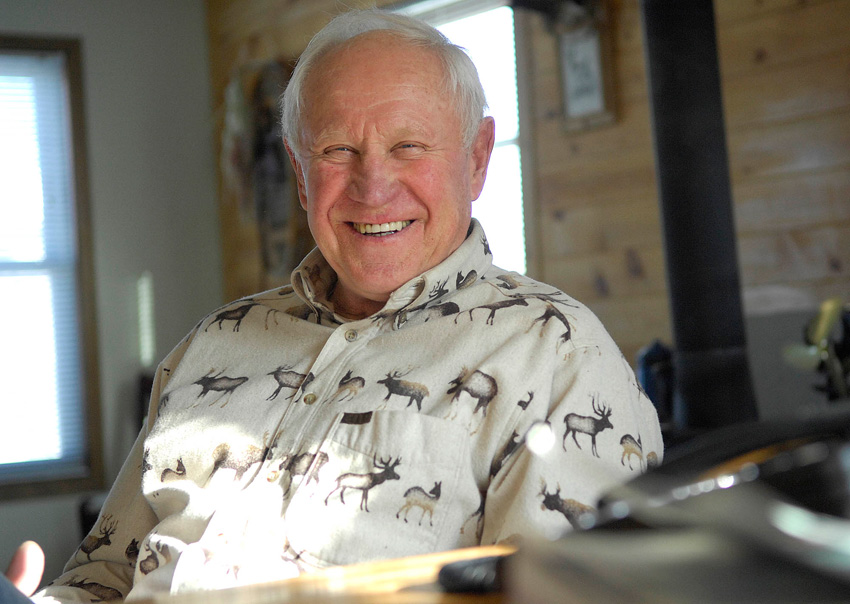
At the first of these symposia what hunters need to do was well articulated by Jay Hair, at the time head of the National Wildlife Federation. He said: “The choice is clear, we either lead or become irrelevant.” That was true when spoken, it is true today almost 30 years later, and it will be true in 2048. As more and more people are attracted to the outdoors and our remnant wild places the risk of our irrelevance grows. When wildlife conservation and restoration was new it was the hunter who made it happen. When a public estate was needed it was the hunter who set aside forests and wild lands. When waterfowl need ponds and international management the hunters led the way. When America hit the “Dirty Thirties” it was the hunter who led wildlife conservation out of the mire.
To this day new hunter-based conservation groups like Backcountry Hunters and Anglers form to lead campaigns for wild land and ethical pursuit. If nothing else these people demonstrate that the fire is still in the hunter’s soul and they have a way of finding the leadership needed to give us hope. Now it is your turn. Find a group of hunters going your way, join them, and then as one—Take your Best Shot!






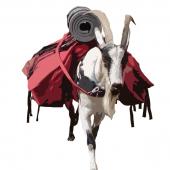
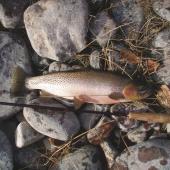
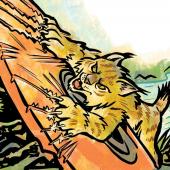

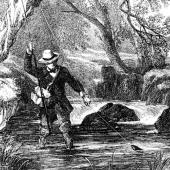


Leave a Comment Here